Historical places in Kenya narrate powerful tales of trade, royalty, resistance, and revolution. From ancient Swahili coastal settlements and Portuguese forts to colonial railway stations and sacred indigenous sites, each landmark reveals a chapter of Kenya’s diverse and complex past. These sites reflect the country’s cultural richness, struggles for independence, and enduring heritage. Whether you’re a history enthusiast or an inquisitive traveller, exploring Kenya’s historical landmarks offers an immersive journey through East Africa’s evolution, showcasing the resilience and spirit that continue to shape the nation today.
Top 10 Historical Places In Kenya
Here are the top 10 must-see historical places in Kenya that showcase its rich heritage.
1. Fort Jesus
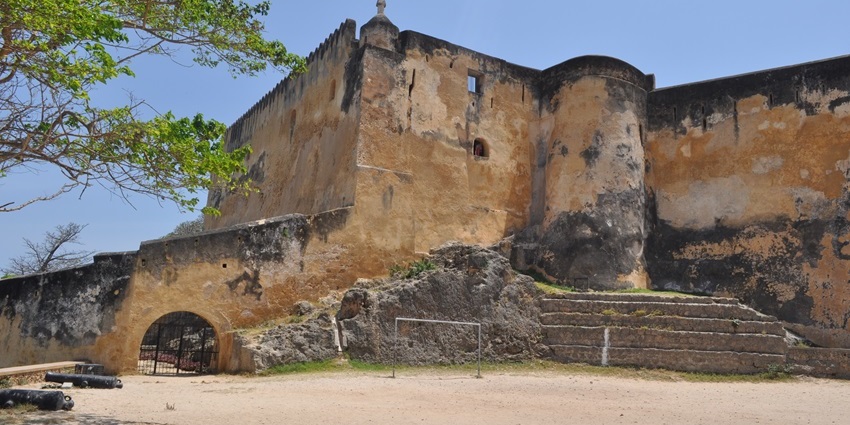
Photo: Alex Wafula / Wikimedia Commons
Built by the Portuguese in 1593, Fort Jesus in Mombasa is Kenya’s most iconic historical landmark. Designed to protect trade routes, it later changed hands between Arab, Portuguese, and British powers. Now a UNESCO World Heritage Site, the fort houses a museum with artifacts, cannons, and battlements. Visitors enjoy panoramic sea views and immersive stories of East Africa’s coastal conflicts, blending architectural marvel with layered colonial history.
Distance From Moi International Airport: 12 km
Distance From Mombasa Railway Station: 3 km
Places To Eat: Tamarind Mombasa, Forodhani Restaurant, Jahazi Coffee House
2. Gedi Ruins
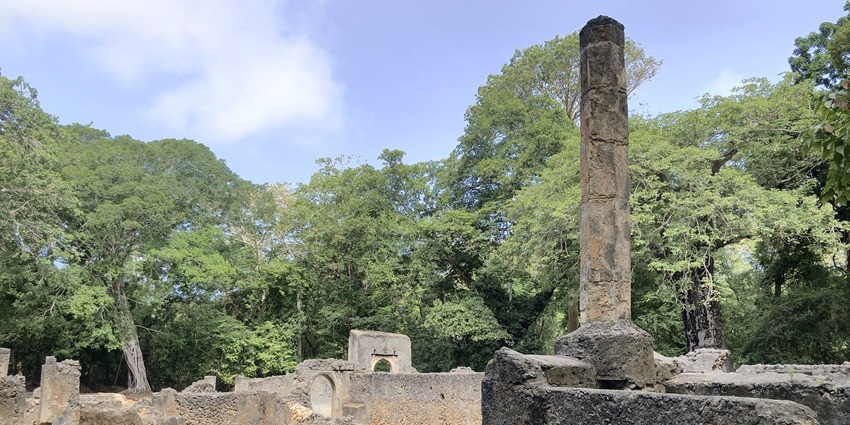
Photo: LutzBruno / Wikimedia Commons
Nestled in an indigenous forest near Malindi, the Gedi Ruins are the remains of a 13th-century Swahili town. Once a prosperous trading hub, the ruins include a palace, tombs, and mosques made of coral stone. Rediscovered in the 20th century, Gedi is enveloped in mystery due to its sudden abandonment. Today, it offers visitors an atmospheric walk through a lost city full of history, legend, and quiet grandeur.
Distance From Malindi Airport: 16 km
Distance From Malindi Town: 15 km
Places To Eat: Baby Marrow, Old Man and the Sea, Osteria Malindi
3. Karen Blixen Museum
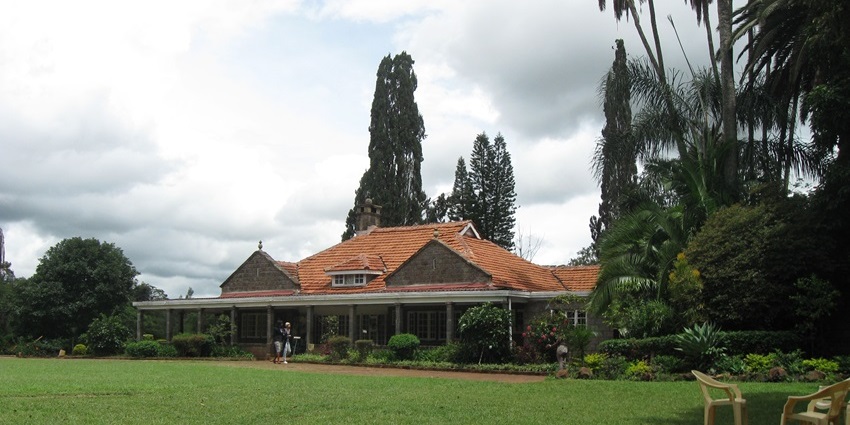
Photo: Ruslik0 / Wikimedia Commons
Located in Nairobi, the Karen Blixen Museum was once home to the famed Danish author of Out of Africa. Built in 1912, the colonial farmhouse preserves Blixen’s furniture, books, and memorabilia from her life in Kenya. The museum offers insight into colonial settler life and Blixen’s interactions with local communities. Surrounded by beautiful gardens and Ngong Hills views, it’s a peaceful, nostalgic step into Kenya’s literary and colonial past.
Distance From Nairobi: 15 km
Places To Eat: Talisman Restaurant, Tamambo Karen Blixen, Hemingway’s Brasserie
4. Lamu Old Town
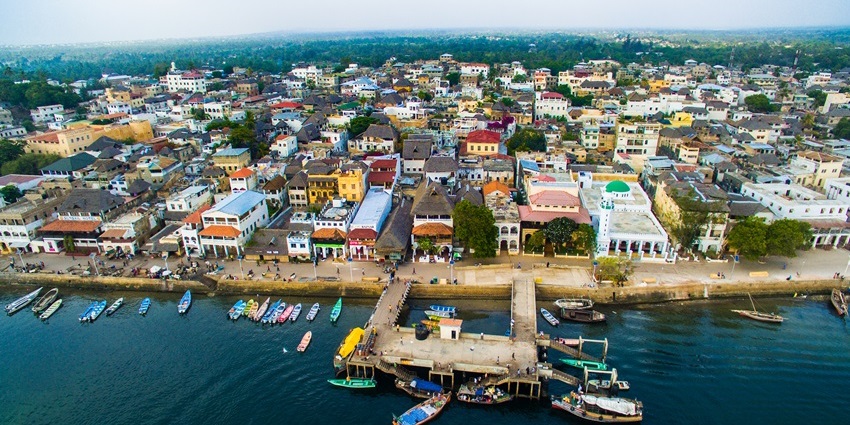
Photo: Folkloreltd / Wikimedia Commons
A UNESCO World Heritage Site, Lamu Old Town is the oldest and best-preserved Swahili settlement in East Africa. Dating back to the 12th century, its coral-stone buildings, intricately carved doors, and donkey-drawn transport reflect centuries of Arab, Persian, and Indian influence. The town remains a living museum of Islamic culture and maritime heritage. Visitors can explore historic mosques, markets, and sea-facing fortresses in a town largely untouched by time.
Distance From Lamu Fort: 400 m
Places To Eat: Peponi Hotel, Bush Gardens Restaurant, Lamu House Restaurant
5. Nairobi Railway Museum
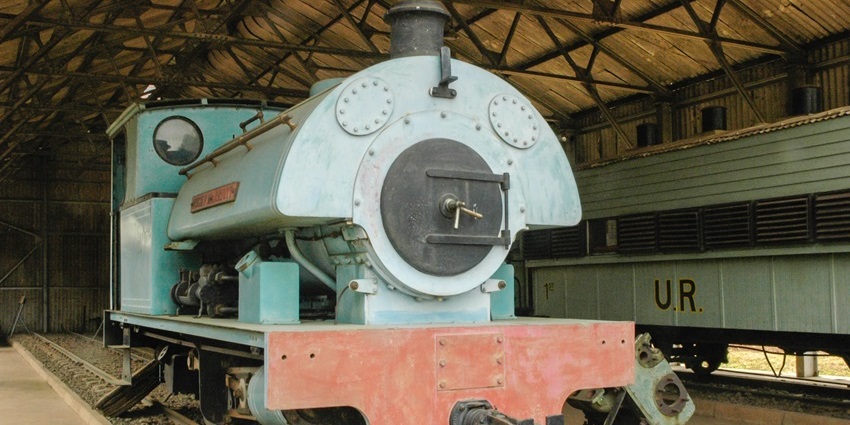
Photo: Alexander Leisser / Wikimedia Commons
Located next to Nairobi’s Central Railway Station, this museum showcases Kenya’s railway heritage from the colonial era. It features steam engines, vintage train carriages, and exhibits on the construction of the Uganda Railway. Notably, it includes the carriage used by Charles Ryall, linked to the infamous “Man-Eaters of Tsavo” tale. The museum is a must-visit for history lovers interested in the railroads that transformed Kenya’s development and settlement patterns.t
Distance From Jomo Kenyatta Airport: 18 km
Distance From Nairobi: 1 km
Places To Eat: Nairobi Railway Club, Java House, Ronalo Foods
6. Kenyatta Mausoleum
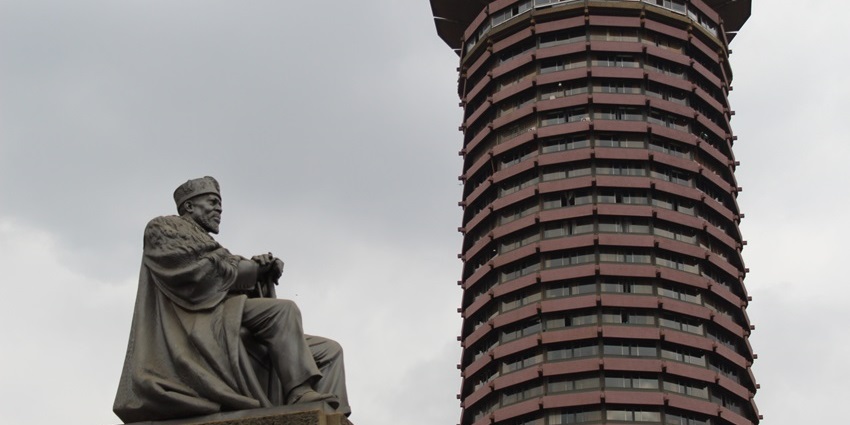
Photo: Jnncreatives / Wikimedia Commons
Situated beside Parliament Buildings in Nairobi, the Kenyatta Mausoleum is the final resting place of Jomo Kenyatta, Kenya’s founding president. Accessible only during state visits and national holidays, it is guarded by ceremonial soldiers. Though public access is limited, the surrounding area features historical statues and plaques, offering a symbolic and reflective site for honouring Kenya’s independence struggle and the legacy of its most prominent national leader.
Distance From Jomo Kenyatta Airport: 18 km
Distance From Nairobi: 500 m
Places To Eat: CJ’s Koinange, Thorn Tree Café, Trattoria
7. Kisumu Museum
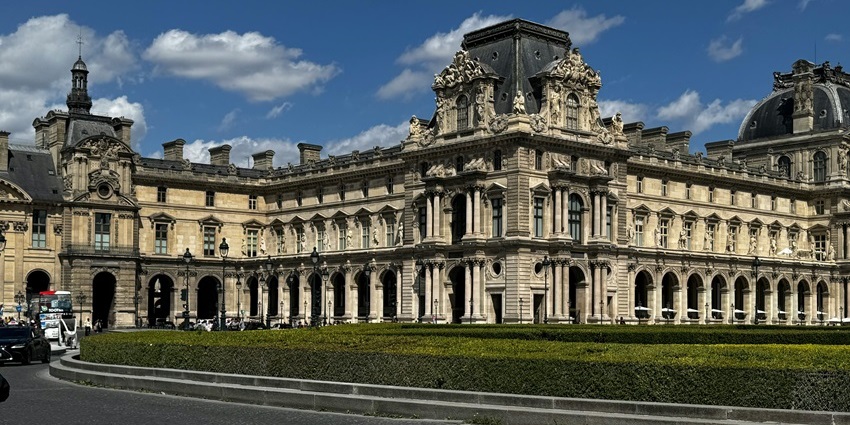
Photo: Mohamed Zineldin / Pexels / Image For Representation Only
This regional museum in western Kenya highlights the culture, history, and ecology of the Lake Victoria region. Its most popular exhibit is a traditional Luo homestead, complete with huts and daily-use items. Inside, visitors find archaeological artifacts, tribal regalia, and natural history displays. The museum provides rich insight into the customs and evolution of the Luo people and the broader Western Kenyan heritage, making it an educational and cultural gem.
Distance From Kisumu Airport: 8 km
Distance From Kisumu City Centre: 2 km
Places To Eat: The Laughing Buddha, Dunga Hill Camp, Mon Ami Restaurant
8. Kapenguria Museum
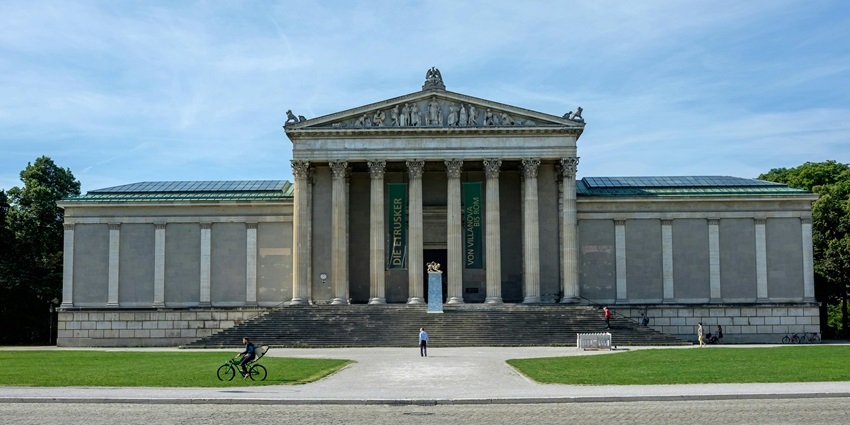
Photo: Mayumi Maciel / Pexels / Image For Representation Only
The Kapenguria Museum is housed in the former colonial prison where Kenya’s freedom fighters—known as the Kapenguria Six—were detained in 1953. Located in West Pokot, this solemn site includes preserved prison cells, historical exhibits, and biographies of leaders like Jomo Kenyatta. The museum powerfully documents the struggle against British colonial rule. Visitors gain a sobering yet inspirational perspective on Kenya’s road to independence and the sacrifices made for freedom.
Distance From Kapenguria Town: 1 km
Places To Eat: Skylimit Restaurant, Welkom Inn Hotel, Hillside Gardens
9. Kariandusi Prehistoric Site
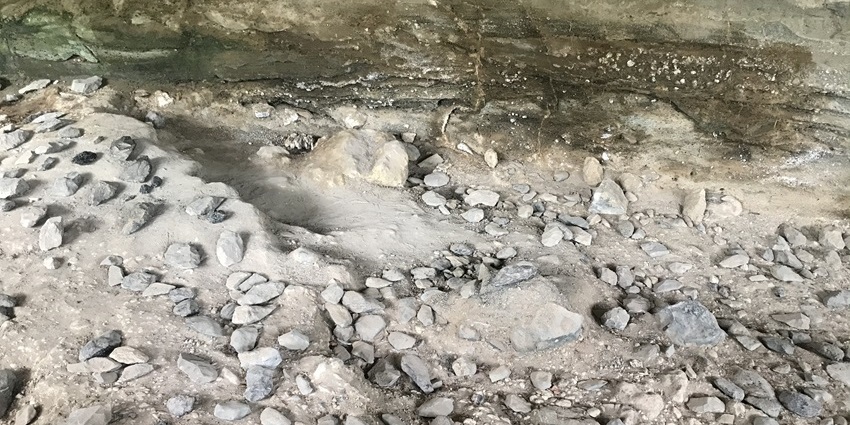
Photo: Xmd5a / Wikimedia Commons
Discovered by Louis Leakey in 1928, Kariandusi is one of East Africa’s most important prehistoric sites. Located near Lake Elementaita, it showcases hand axes, fossils, and tools used by early hominins over one million years ago. The site includes a small museum and interpretive trails. It offers a rare opportunity to explore Kenya’s deep prehistoric roots and the evolution of early human technology and life in the Great Rift Valley.
Distance From Nakuru: 50 km
Places To Eat: Sunbird Lodge, Lake Elementaita Serena Camp, Jacaranda Lake Elementaita Lodge
10. Old Nyeri Railway Station
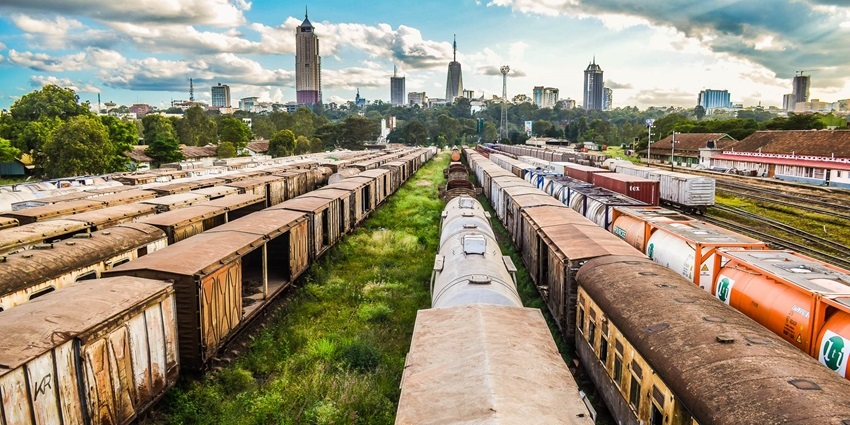
Photo: Erasmus Kamugisha / Wikimedia Commons / Image For Representation Only
Originally opened in the early 1900s, the Old Nyeri Railway Station is a relic of Kenya’s colonial railway expansion. Recently restored, the station retains its original architecture, timber detailing, and rail line. It’s located near the tomb of Lord Baden-Powell, founder of the Scouting movement. This serene and picturesque site offers a quiet reflection on Kenya’s colonial past and serves as a reminder of how rail shaped settlement and trade.
Distance From Nyeri Town: 3 km
Places To Eat: The White Rhino Hotel, Silver Springs Hotel, La Ville Tavern
Historical places in Kenya represent a tapestry of influences—from ancient African civilisations and Arab traders to European colonialists and modern nationalists. Whether you’re tracing prehistoric footsteps, exploring ancient ruins, or walking paths once taken by freedom fighters, each destination tells a story of Kenya’s resilience and cultural richness. Planning a heritage-filled adventure? Plan your journey today with TripXL to discover what Kenya has to offer.
Cover Photo: Victor Ochieng / Wikimedia Commons


 WhatsApp
WhatsApp
 Twitter
Twitter









